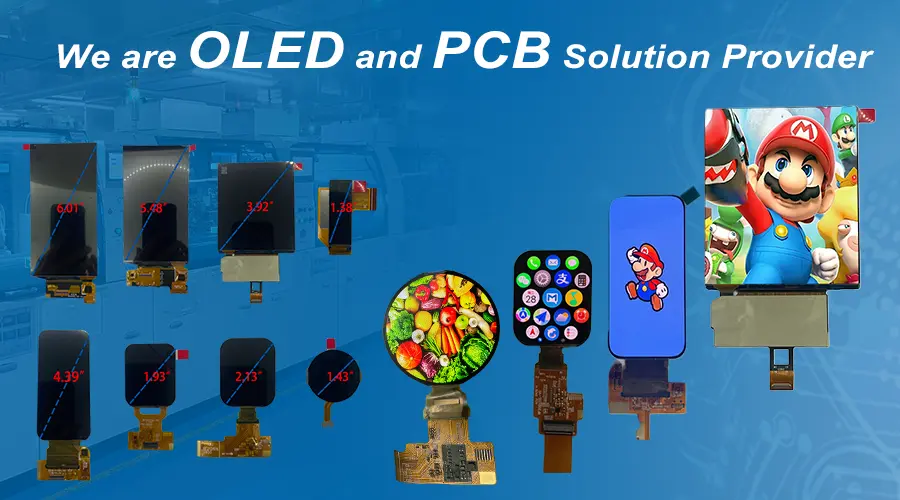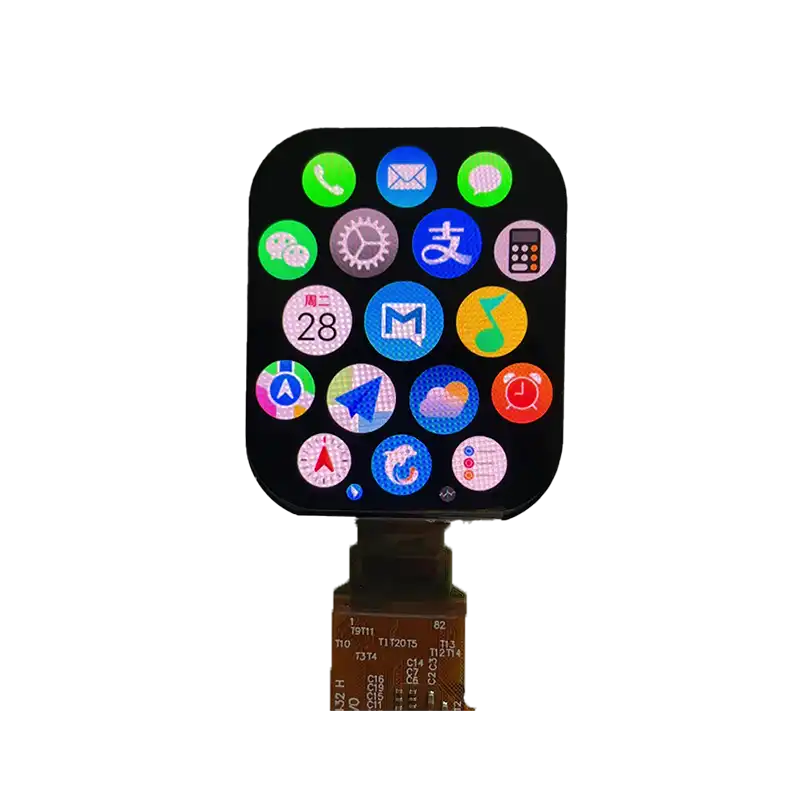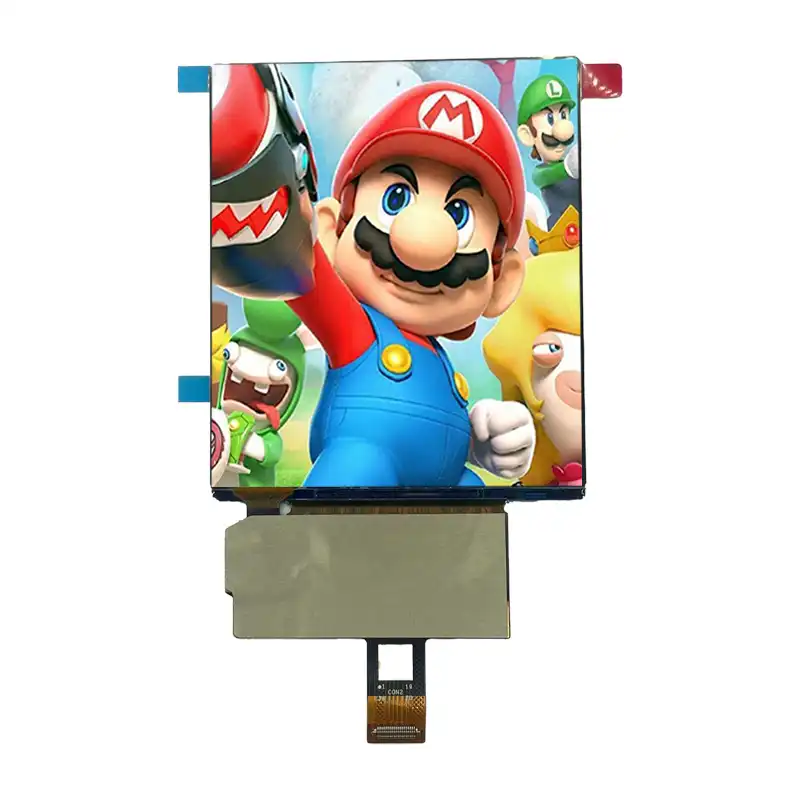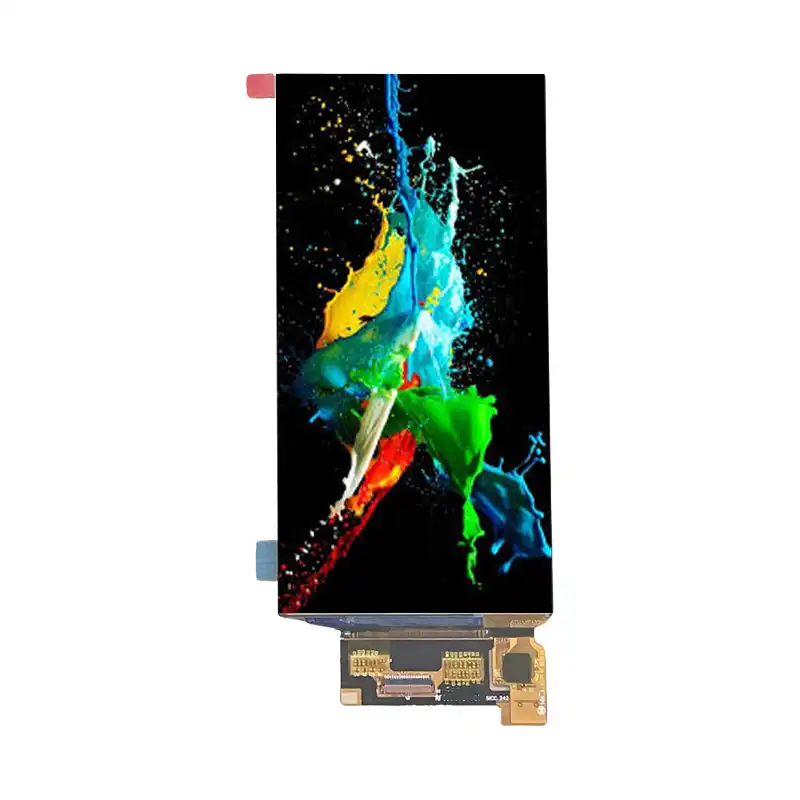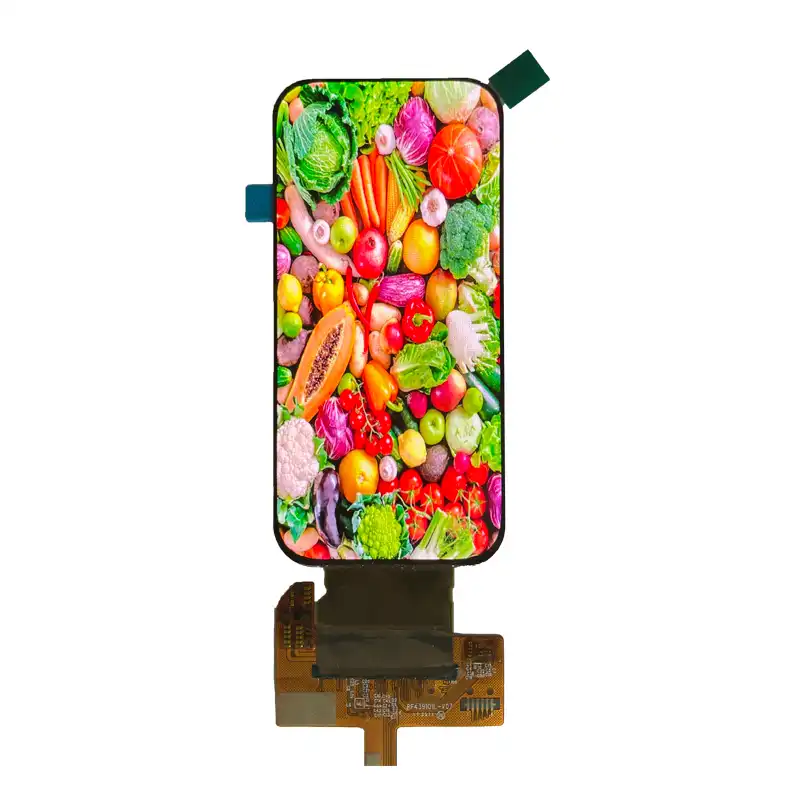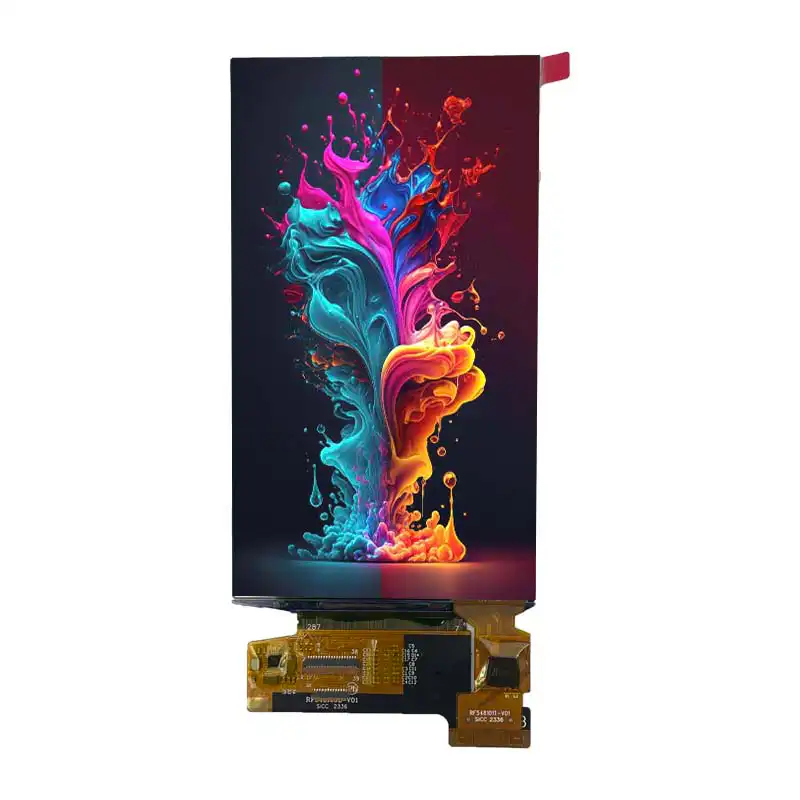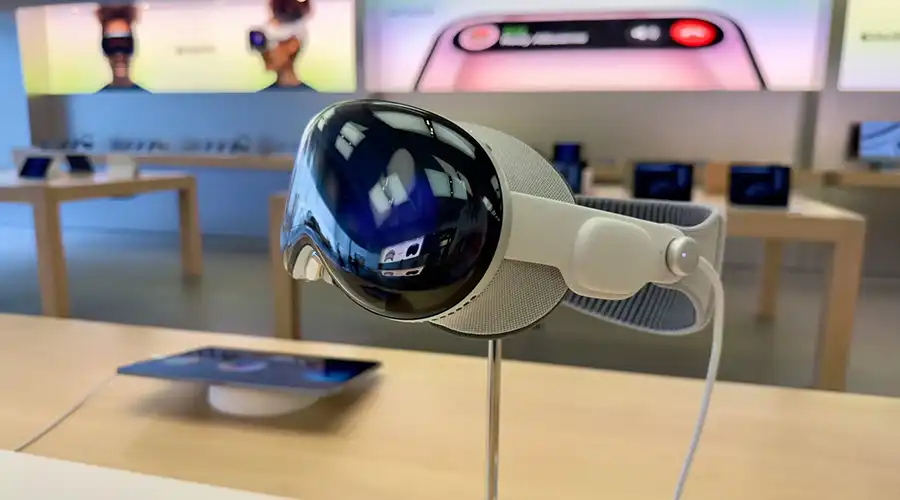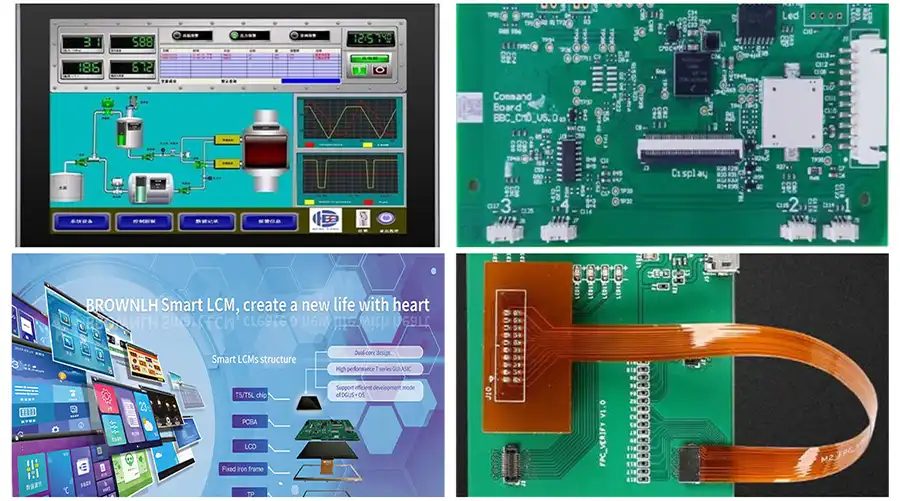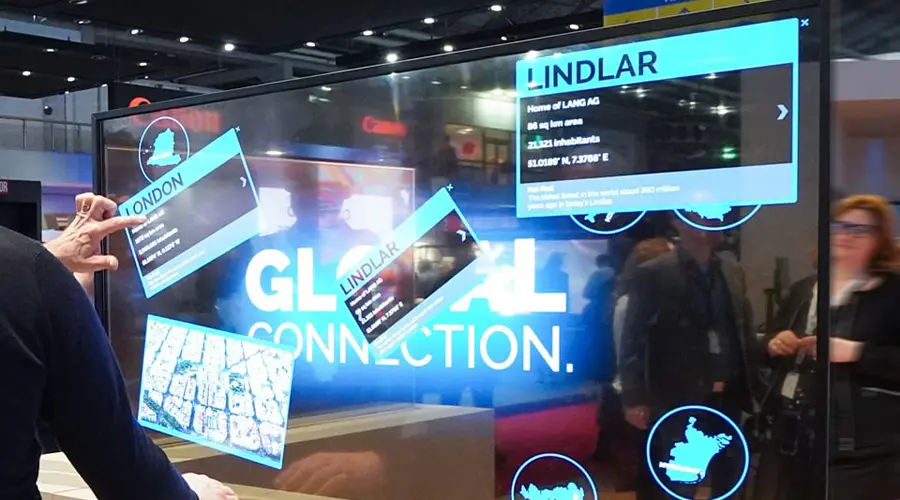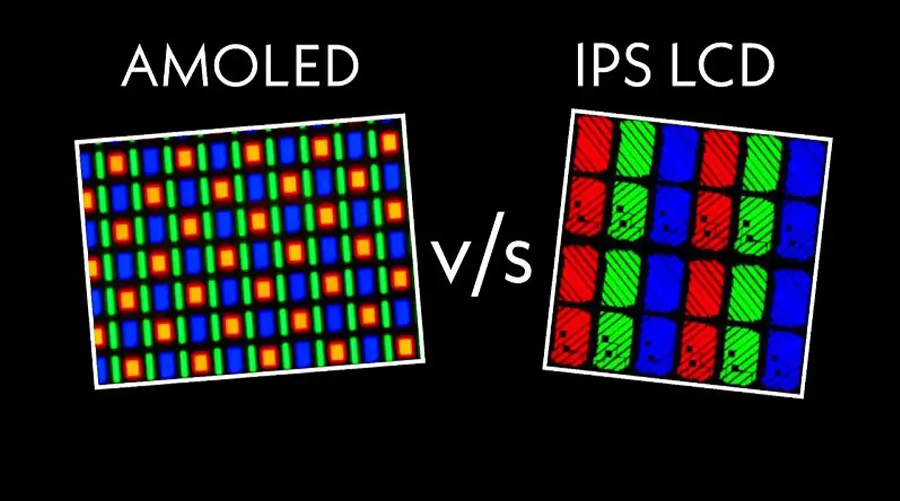OLED (Organic Light-Emitting Diode) technology is revolutionizing traditional LCD/LED applications with its self-emissive pixels, ultra-high contrast, and flexible design. According to Omdia data, global OLED panel shipments grew by 23% in 2023, with the industrial, medical, and automotive sectors accounting for over 40%. This article explores the top 10 OLED display applications, provides technical insights, and offers selection guidelines aligned with E-E-A-T (Expertise, Authoritativeness, Trustworthiness) principles.
Introduction: Core Advantages of OLED Technology
OLED displays leverage self-emissive pixels and ultra-thin flexible designs to redefine high-end display standards. Key advantages include:
Ultra-High Contrast Ratio: 1,000,000:1 for optimal visibility in bright environments.
Low Power Consumption: Local dimming reduces power usage by 40%.
Wide Viewing Angles: 178° without color shift.
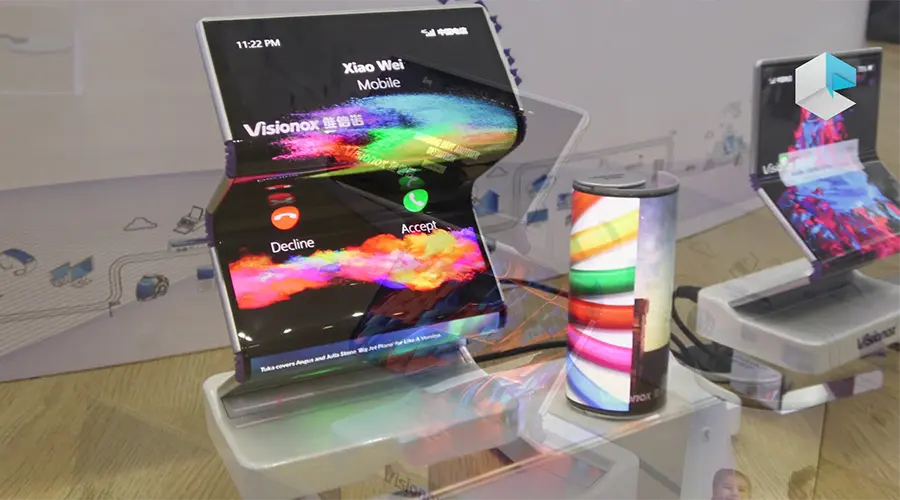
Medical Applications: Precision Color & Sterile Environment
Surgical Navigation Displays: 0.01% Color Accuracy Calibration
Core Requirement: Subtle tissue color differences (e.g., blood vessels, nerves) directly impact surgical success rates.
OLED Advantages:
100% DCI-P3 Color Coverage: Accurately reproduces biological tissue hues.
Antimicrobial Glass Encapsulation: IP65-rated for surgical room safety.
Test Data: A tier-3 hospital reported a 62% reduction in surgical errors with OLED compared to LCD.
Portable Diagnostic Devices: Low Power & High Brightness
Use Case: Handheld ultrasound machines and endoscope displays require 500cd/m² brightness at 0.1W power consumption.
Technical Solutions:
Local Dimming Technology: Powers only active regions.
Gorilla Glass Lamination: 1.5mm thickness with 3x drop resistance.
Industrial Automation: Extreme Environmental Reliability
Heavy-Industrial Control Panels: -30°C to 80°C Operating Range
Challenge: Traditional LCDs experience ghosting and lag in high-temperature environments like oil drilling and steel manufacturing.
OLED Solutions:
Rare Earth Metal Encapsulation: Blocks moisture and dust infiltration.
50,000-Hour Lifespan: Passes MIL-STD-810G thermal cycling tests.
Case Study: An oilfield HMI system saw a 57% reduction in downtime after switching to OLED.
Flexible Sensor Integration: Curved Screen Revolution
Innovative Applications:
Curved Industrial Control Consoles: Fits robotic arm contours with<5° deviation.
Pressure-Sensitive Integrated Displays: LG Display's flexible OLED supports 1,000+ touch points.
Supplier Requirements: Request fatigue test reports for bending radius ≤5mm.
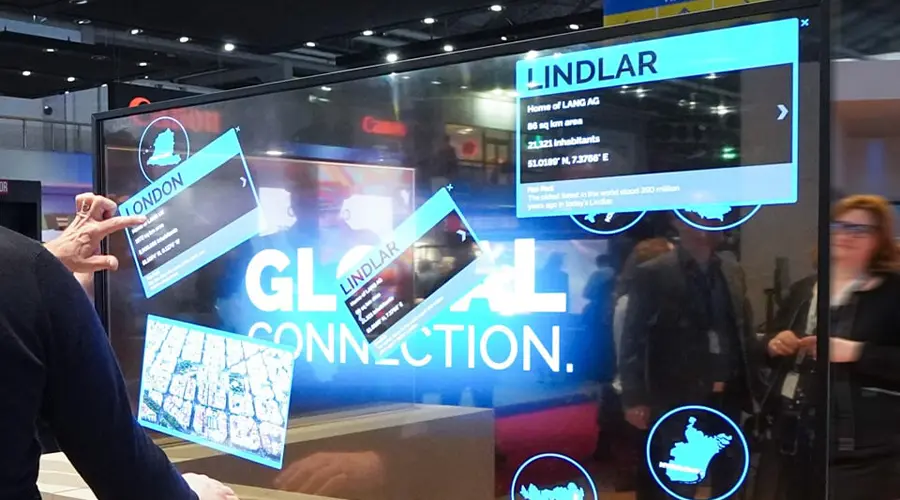
Automotive Electronics: Safety & Aesthetic Evolution
Transparent OLED Dashboards: Real-Time Information & Real-World Fusion
Technical Breakthroughs:
1000cd/m² Peak Brightness: Maintains visibility in direct sunlight.
0.1ms Response Time: Eliminates motion blur (LCDs average 5ms).
Flagship Example: The 2024 Mercedes EQS "Hyperscreen" uses three seamless OLED panels.
Rearview Mirror Replacement: Ultra-Thin Lightweight Design
Key Specifications:
Thickness ≤2mm: Reduces weight by 60%, lowering wind resistance.
Anti-Glare Coating: Nighttime glare reduction by 80%.
Consumer Electronics: Foldable Phones & Lifespan Comparison
OLED vs AMOLED: How to Choose?
Technical Differences:
| Parameter | OLED | AMOLED |
|---|---|---|
| Pixel Arrangement | RGB Stripe | Pentile Diamond |
| Lifespan (50% Brightness Loss) | 30,000 Hours | 25,000 Hours |
| Cost | High (Medical/Industrial Grade) | Low (Consumer Grade) |
Recommendation: AMOLED suits smartphones; OLED is preferred for industrial/medical applications.
Foldable Phones: 200,000-Bend Durability Test
Key Technologies:
Armor Aluminum Hinge Frame: Samsung Galaxy Z Fold5 achieves 1.4mm bending radius.
CPI Film Encapsulation: Improves scratch resistance by 60%.
Selection Guide: Interfaces & Supplier Audits
Interface Protocols: SPI vs I2C vs LVDS
Recommended Solutions:
SPI Interface: Ideal for high-speed refresh (medical imaging) at 50MHz.
Dual-Mode Design: Industrial HMIs prefer SPI + LVDS (e.g., Brownopto modules).
Supplier Audit: Four Core Metrics
Certification Standards:
RoHS: Restriction of Hazardous Substances.
ISO 13485: Medical Device Quality Management System.
Production Requirements: Minimum 50K monthly capacity, delivery cycle<30 days.
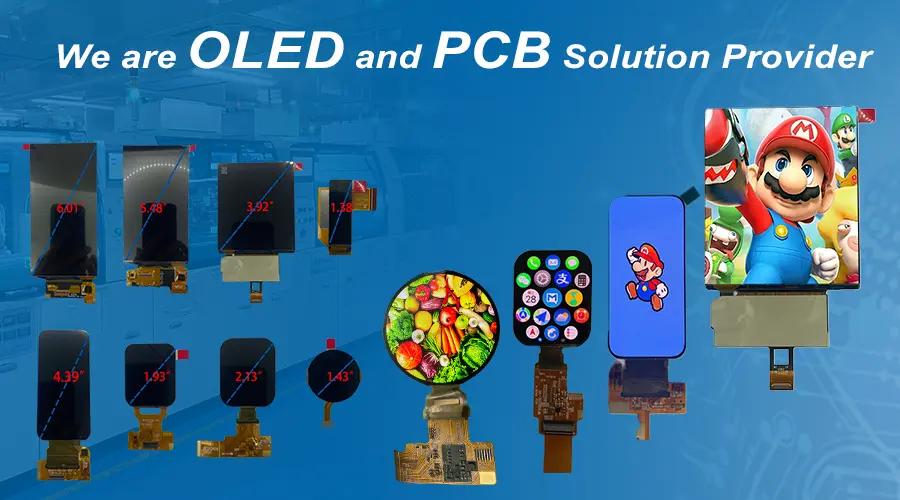
Future Trends: Printed OLED & Transparent Screens
2025 Key Breakthroughs:
Printed OLED Mass Production: 30% cost reduction, 90% yield.
Transparent OLED Adoption: >45% transparency for AR windshields.
Market Forecast: Global industrial OLED market to reach $12.8B by 2027 (CAGR 18.3%).
OLED has evolved from "premium option" to "scenario necessity". Partnering with IATF 16949-certified suppliers (e.g., Brownopto) and optimizing designs for specific use cases is critical for building technological barriers.
Latest articles
-
Why 1–2" AMOLEDs Are Key to AR/XR in 2025
Why 1–2 Inch AMOLED Displays Are Becoming Essential in the AR/XR Boom (2025 Industry Insight)body {f
-
Understanding OLED Display Technology: Principles, Performance & Applications
OLED (Organic Light Emitting Diode) displays are a class of self-emissive display technology in whic
-
From Wearables to AR Glasses – How OLED Displays Are Redefining Visual Experiences in 2025
By 2025, OLED (Organic Light-Emitting Diode) technology has transitioned from luxury smartphone disp
-
Stretched Bar LCD Displays for Retail: Boost Sales & Engagement in Supermarkets
Discover how stretched bar LCD displays enhance supermarket shelf-edge marketing, drive sales, reduc
-
Stretched LCD Solutions for Restaurants and Hospitality Venues
Stretched LCDs offer sleek, high-brightness displays perfect for restaurant menus and hospitality si
Recommended products
-
2.06-inch OLED Display | 410×502 Resolution | 600 Nits | SPI Screen
The 2.06-inch AMOLED display module is designed specifically for harsh industrial environments, feat
-
3.92 INCH OLED Screen I2C Interface 1080 × 1240 Resolution
Product Specifications: BRO392001AResolution: 1080x1024Operating Voltage Range: 28VScreen Size: 3.92
-
6.01 INCH Display OLED screen | High Definition 1080x2160 | MIPI Interface
Product Specifications: BRO601001ADisplayMode: AMOLED Screen Size (inch): 6.01 Resolution: 1080x2
-
4.39 INCH OLED display module I2C Interface 568×1210 Resolution
The 4.39-inch AMOLED display module (model BR439102-A1) introduced by (Shenzhen Brownopto Technology
-
5.48 INCH AMOLED Display Module - 1080x1920 I2C, MIPI DSI, Industrial
Product Specifications: BRO548001AResolution: 1080x1920Operating Voltage Range: 2.8VScreen Size: 5.4

